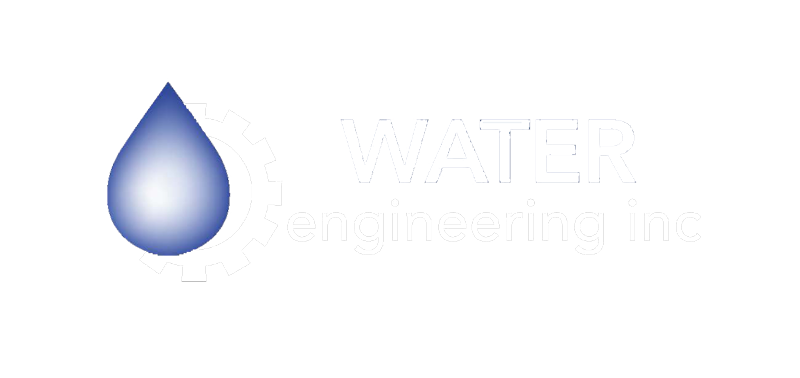Legionella Management Services & Consulting
For industries like health care, retirement, education, property management, and more, having a water management program to prevent the emergence of Legionellosis from water systems in crucial. We have extensive experience developing water management programs to make sure you meet ASHRAE Standard 188.
Legionella Management Is a Top Priority

Meeting ASHRAE Standard 188 is absolutely critical for building owners and water treatment providers. Not only because there’s a responsibility to provide healthy, safe water for the people who live in or work at your facility, but also because these standards are used to judge accountability. Verified, documented adherence to Standard 188 can reduce the liability of building owners and operators in cases of disease outbreak.
Components of an Effective Water Management Program

Following the guidelines to meet Standard 188 is an ongoing process with multiple-steps. Water Engineering is here to help you each step along the way.
1. Program Team
There must be an identified team responsible for water management program development and implementation. Water Engineering would be your program team.
2. Describe Water Systems & Flow Diagrams
The first step the program team takes on is describing the potable and non-potable water systems at your facility and will develop schematics for your water system.
3. Analysis of Building Water Systems
Next, we conduct a schematic analysis of hazardous conditions in your building’s water system.
4. Identify Control Locations
For monitoring purposes, we identify locations in the water system where control measures are required
5. Set Control Measures
Once control locations have been identified, we determine control measures to be applied to those locations.
6. Control Limits
For every control measure at every control location, we establish and determine control limits, including but not limited to maximum value, minimum value, or a range in which a chemical or physical parameter must be monitored and maintained at an acceptable level.
7. Monitoring & Corrective Actions
Once control limits are set, ongoing monitoring is performed to make sure the water management program stays within control limits. If results found during monitoring fall outside of control limits, corrective actions are taken to get back within control limits.
8. Verify Program Implementation
Once the program is underway, procedures must be established to confirm that the water management program is being implemented as designed.
9. Validate Program Efficiency
In addition to confirming that the program is being properly implemented, there also has to be validation that the water management program effectively controls the hazardous conditions
10. Documentation & Recordkeeping
Lastly, ongoing documentation must be done concerning all procedures, and records must be maintained as needed.
Why Water Engineering?

When implementing a water management program to maintain appropriate Legionella levels that comply with Standard 188, a responsive team is a must. Water Engineering has an agile structure that gives our technicians the ability to do what’s right for our clients without going through extensive procedural processes that delay corrective actions from being taken. We’re there when you need us.
